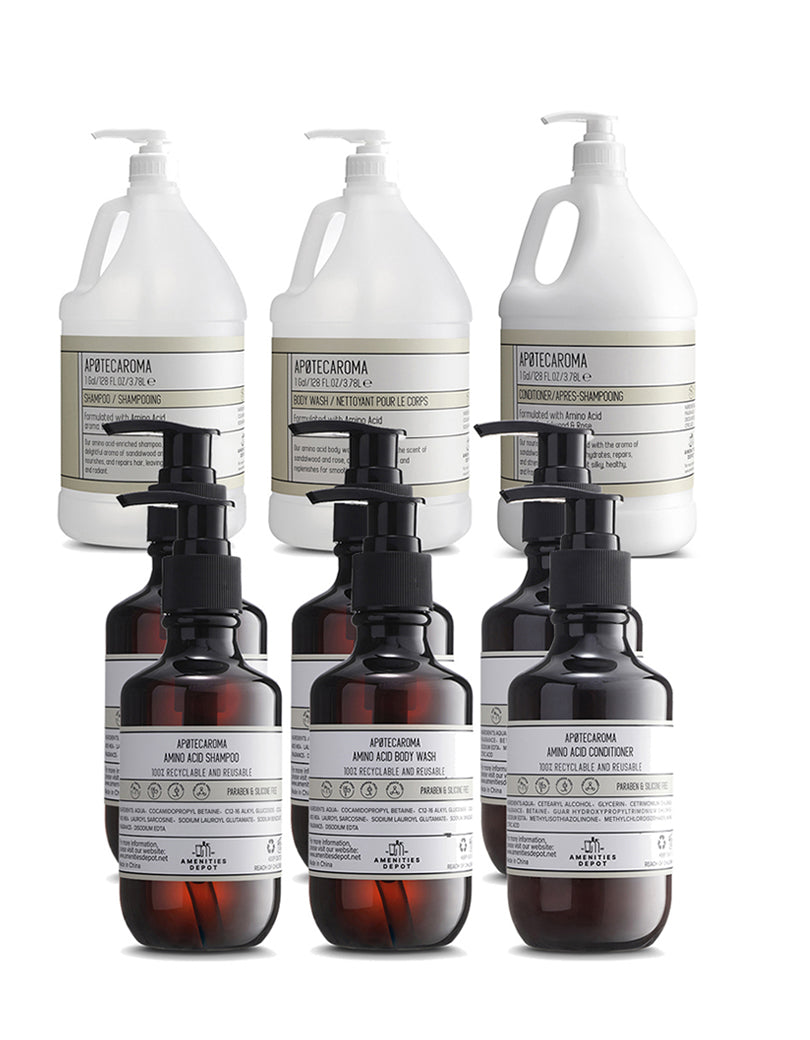Hotel Peak Seasons: When To Expect The Highest Occupancy
Understanding when peak season for hotels occurs is crucial for optimizing our booking strategies and maximizing revenue. Peak seasons vary based on location, climate, and local events, and knowing these times can help us plan effectively and ensure we are fully prepared to handle the influx of guests. In this article, we will explore the different factors that influence peak seasons, the importance of preparing for these periods, and strategies to make the most out of the busiest times of the year.

Understanding Peak Season
Peak season refers to periods when hotels experience the highest demand and occupancy rates. Favorable weather conditions, school holidays, and major local events typically drive these periods. For example, beach destinations often see their peak season during the summer months when families and vacationers flock to the shore for sun and relaxation.
In contrast, ski resorts experience their peak season during the winter months when snow sports enthusiasts hit the slopes. Urban hotels might see peak times during holidays, business conventions, or major cultural events attracting large crowds. Understanding when peak season for hotels in our specific location occurs is essential for strategic planning. By analyzing historical booking data, market trends, and upcoming events, we can accurately predict the periods of highest demand.
This knowledge allows us to optimize our pricing strategies, marketing efforts, and operational readiness to ensure we maximize occupancy and revenue during these crucial times.
The Importance of Peak Season
Peak season is a critical period for the financial success of our hotel. These high-demand times provide an opportunity to significantly boost our occupancy rates and increase room rates, leading to higher revenue. The influx of guests during peak season also means more opportunities to generate additional income through ancillary services such as dining, spa treatments, and guided tours. Successfully navigating peak season requires meticulous planning and preparation.
It’s not just about filling rooms but ensuring that every guest has a positive experience that encourages repeat visits and positive reviews. Peak season also helps to enhance our brand visibility and reputation, attracting new guests who might become loyal customers. However, the high volume of guests can also strain resources and staff, making it crucial to maintain service quality and operational efficiency.
By preparing well in advance, training our staff, and optimizing our resources, we can make the most of peak season and ensure it significantly contributes to our hotel's annual profitability.
Identifying Peak Season for Different Destinations
The timing of peak season varies significantly depending on the destination, making it crucial for us to identify when these high-demand periods occur in our specific location. Tropical destinations, for instance, often experience peak seasons during the winter months when travelers from colder regions seek warmer climates.
Coastal hotels might see an influx of visitors during the summer when beach activities are in full swing. Conversely, mountain resorts usually have two peak seasons: winter for skiing and snowboarding, and summer for hiking and outdoor adventures. Urban hotels might reach peak occupancy during major holidays, business conferences, or large cultural and sporting events that draw visitors to the city. By closely monitoring booking patterns, historical data, and upcoming local events, we can pinpoint our peak seasons with greater accuracy.
Understanding these trends helps us tailor our marketing strategies, staffing levels, and inventory management to meet the increased demand effectively, ensuring that we capitalize on these lucrative periods.
Preparing for Peak Season
Preparation is the cornerstone of a successful peak season. The first step is ensuring that our staff is adequately trained and ready to handle the increased workload. This might involve hiring additional temporary staff or offering training sessions to improve service efficiency.
Next, our facilities need to be in top condition; any necessary maintenance or upgrades should be completed well before the rush begins. Stocking up on essential supplies and reviewing our inventory to prevent shortages during peak times is also critical. Effective communication is key—make sure all team members understand their roles and responsibilities and are aware of any special promotions or packages we’re offering.
Additionally, develop a contingency plan to address any unexpected issues that may arise, such as overbookings or last-minute cancellations. By proactively managing these aspects, we can provide a seamless and enjoyable experience for our guests, ensuring they leave with positive impressions and encouraging them to return during future peak seasons.
Maximizing Revenue During Peak Season
To maximize revenue during peak season, consider implementing dynamic pricing strategies that adjust room rates based on demand. Offering special packages or promotions that bundle room rates with additional services can also attract more guests and increase overall revenue. Encourage guests to book directly through our website by offering exclusive discounts or perks. Additionally, promote our ancillary services such as dining, spa treatments, and activities to boost revenue from non-room sources. By strategically managing our pricing and promotions, we can maximize profitability during peak season.
Enhancing Guest Experience
Providing an exceptional guest experience during peak season is essential for ensuring repeat business and positive reviews. Focus on personalized service, going above and beyond to meet our guests' needs and expectations. Pay attention to the details, such as welcome amenities, room cleanliness, and prompt service. Offering unique experiences or special events can also enhance the guest experience and make their stay memorable. By prioritizing guest satisfaction, we can turn first-time visitors into loyal customers who return year after year.
Evaluating Peak Season Performance
After peak season ends, take the time to evaluate our performance. Analyze key metrics such as occupancy rates, average daily rates, and revenue per available room to assess how well we managed the peak period. Gather feedback from guests and staff to identify areas for improvement. Use this information to refine our strategies and make any necessary adjustments for future peak seasons. By continuously learning and improving, we can ensure that we are always prepared to make the most of the busiest times of the year.
Understanding and effectively managing peak season is crucial for the success of our hotel. By identifying when peak season occurs, preparing in advance, and focusing on providing exceptional guest experiences, we can maximize revenue and build a loyal customer base.
















